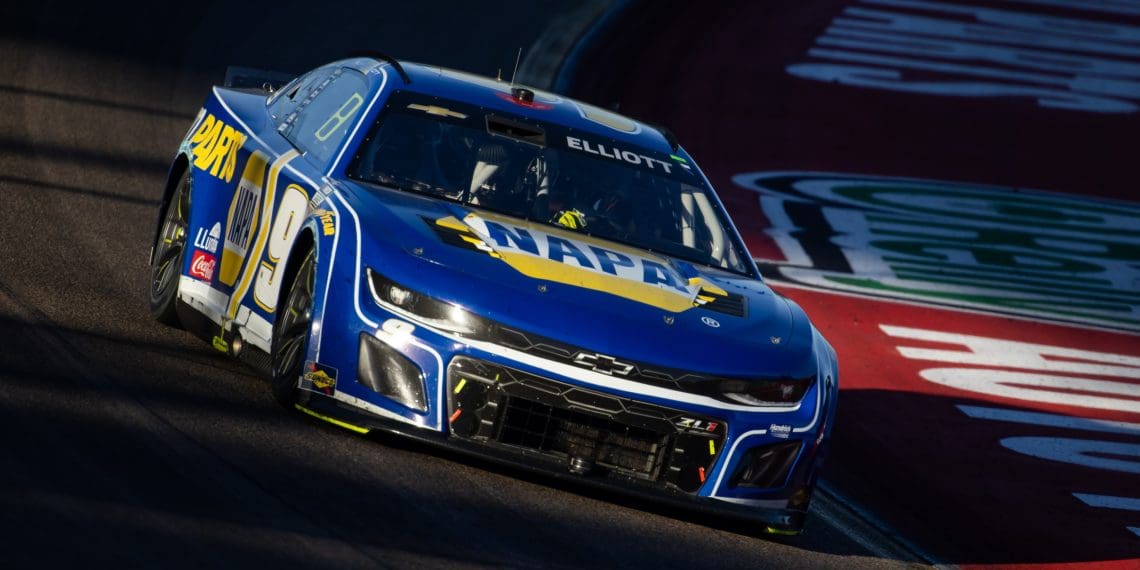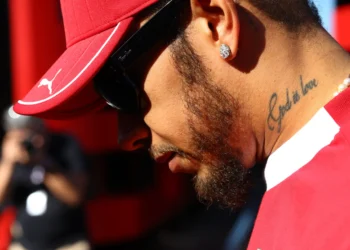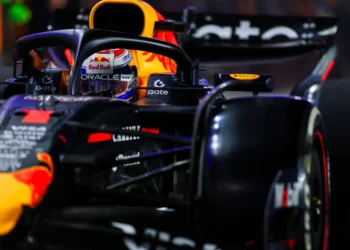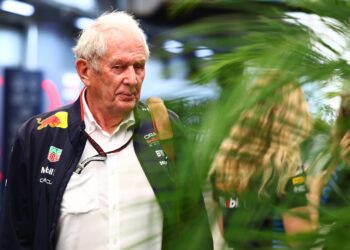Chase Elliott knew he had to play it smart. As the laps wound down, he bided his time, carefully managing his tires while others pushed too hard, too soon. When the moment was right, he struck—storming to the front and seizing the lead. His tire-saving strategy paid off, emphasizing just how crucial tire performance is in NASCAR. While concerns over inconsistent tire quality have been voiced for years, recent developments indicate a shift in the right direction.
Bowman Gray Insights: A Glimpse into Goodyear’s Tire Evolution
The recent exhibition at Bowman Gray Stadium may not directly influence short-track setups in the NASCAR Cup Series, but it provided valuable insights into Goodyear’s ongoing efforts to enhance race conditions. A key takeaway? Significant tire falloff during each run.
The chosen tire compound lost over a second in lap times as races progressed, demonstrating NASCAR and Goodyear’s push toward optimizing tire degradation. This move improved race quality by forcing drivers to manage their tires wisely rather than relying solely on track position.
Brad Moran Breaks Down the Tire Strategy
Cup Series Manager Brad Moran explained the logic behind the tire choice:
“Yeah, so what we did—NASCAR and Goodyear—we all consolidated on what our best plan is, and we went with the softest tire we had, which was our Martinsville fall tire. We weren’t sure how the cooler temperatures would affect it, but it was definitely the softest tire in our arsenal.”
Despite initial concerns, the results were promising. “I think it worked really well,” Moran added. “They did get used up as they went, which is what we wanted. Not a lot of rubber was laid down on the track, likely due to the below-50-degree temperatures.”
Tire selection remains a pivotal factor in NASCAR, influencing pit strategy, driver performance, and race dynamics. The ongoing collaboration between NASCAR and Goodyear aims to develop tires that encourage degradation, compelling drivers to manage their equipment more effectively.
Phoenix Raceway’s Dual-Compound Experiment
Looking ahead to the March 8-9 race weekend at Phoenix Raceway, NASCAR will test a dual-compound format featuring an “option tire” similar to the one introduced at Richmond in 2024. During that summer race, NASCAR reintroduced the option tire concept, providing each team with six sets of primary tires and two sets of option tires—which offered increased grip but wore out faster, adding a strategic twist to pit strategies.
The experiment at Phoenix will mirror this approach. Each Cup Series team will receive:
- Six sets of primary tires
- Two sets of option tires
- One additional set for practice
Moran confirmed, “If we get the results we want, we do have an open tire test scheduled the day after the (spring race) at Phoenix, and we’ll likely develop a new tire for the fall race.” If successful, the dual-compound setup could be used for the Phoenix season finale, adding another layer of unpredictability to the championship-deciding event.
A Necessary Evolution for Better Racing
Tire strategy has long been a talking point in NASCAR, with fans and teams eager for solutions that improve race quality. The Bristol race last year saw drivers excessively conserving tires, resulting in a lackluster event. By refining tire compounds and implementing strategic variations, NASCAR aims to create more compelling, competitive racing.
If the Phoenix experiment delivers, it could reshape how teams approach races, balancing tire conservation with aggressive strategy—just as Chase Elliott masterfully demonstrated in his latest triumph.










